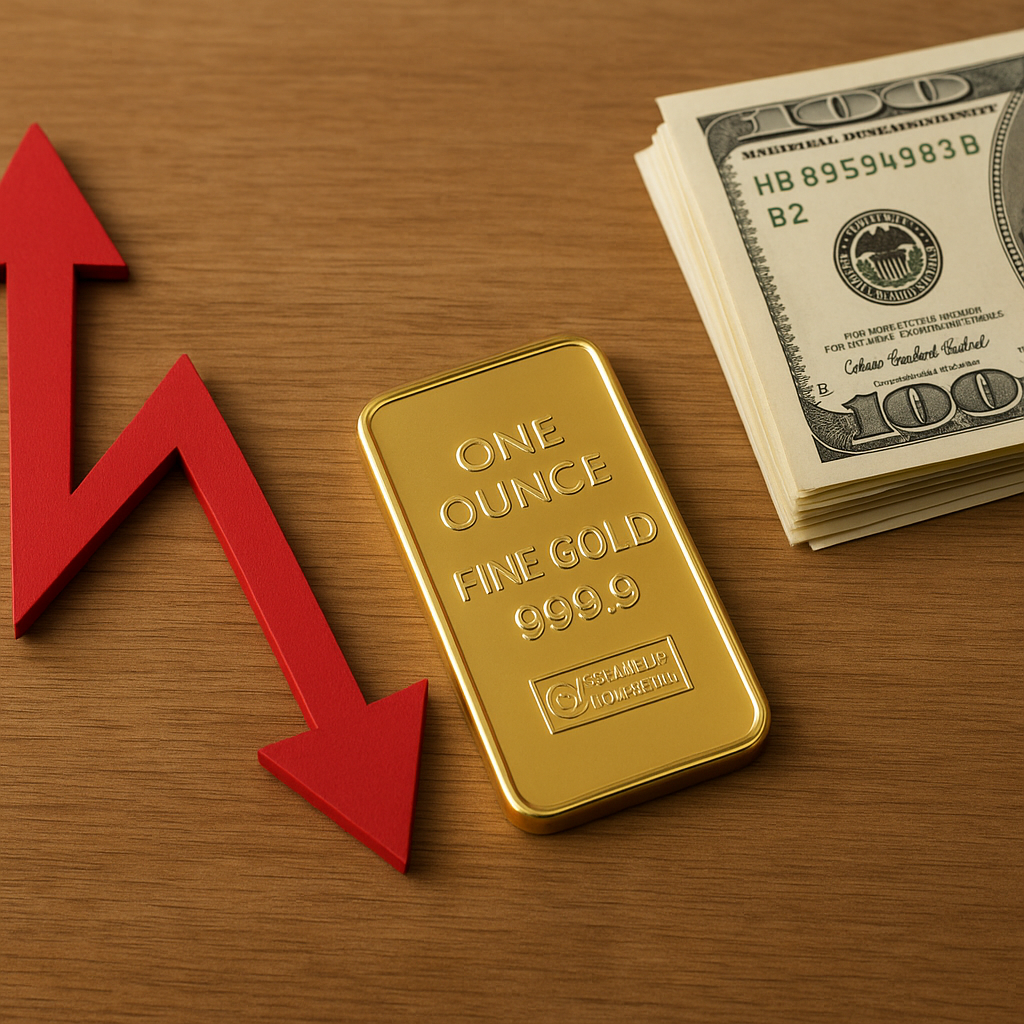Central banks play a pivotal role in shaping global gold prices, influencing the market through their monetary policies, gold reserves management, and economic outlooks. As key players in the financial system, their actions and decisions can have profound impacts on the supply and demand dynamics of gold, thereby affecting its price on the global stage.
The Influence of Central Bank Policies on Gold Prices
Central banks are responsible for implementing monetary policies that can significantly impact the price of gold. These policies include interest rate adjustments, quantitative easing, and currency interventions, all of which can alter investor sentiment and demand for gold. For instance, when central banks lower interest rates, the opportunity cost of holding non-yielding assets like gold decreases, often leading to an increase in gold demand and, consequently, its price.
Quantitative easing, a policy tool used by central banks to inject liquidity into the economy, can also influence gold prices. By increasing the money supply, central banks can devalue their currency, making gold, which is priced in those currencies, more attractive as a hedge against inflation and currency depreciation. This increased demand can drive up gold prices.
Moreover, central banks’ communication and forward guidance about future monetary policy can shape market expectations and influence gold prices. If investors anticipate that a central bank will adopt a dovish stance, they may increase their gold holdings as a precaution against potential inflationary pressures, thus impacting the price of gold.
Central Bank Gold Reserves and Their Impact on the Market
Central banks hold significant gold reserves as part of their foreign exchange reserves, and their buying and selling activities can have a direct impact on global gold prices. When central banks increase their gold reserves, it signals confidence in gold as a store of value, often leading to increased demand and higher prices. Conversely, when central banks sell off their gold reserves, it can flood the market with supply, potentially driving prices down.
The strategic management of gold reserves by central banks is often influenced by geopolitical and economic considerations. For example, during times of economic uncertainty or geopolitical tensions, central banks may increase their gold holdings to diversify their reserves and reduce reliance on foreign currencies. This behavior can lead to a surge in gold prices as other investors follow suit, seeking the safety and stability that gold offers.
Additionally, central banks in emerging markets have been increasingly active in the gold market, diversifying their reserves away from traditional currencies like the US dollar. This trend has contributed to sustained demand for gold, supporting its price over the long term. The actions of these central banks reflect a broader shift in the global economic landscape, where gold is seen as a critical component of financial stability and security.
The Interplay Between Central Banks and Gold Market Sentiment
Market sentiment plays a crucial role in determining gold prices, and central banks are key influencers of this sentiment. Their policy decisions, economic forecasts, and geopolitical assessments can sway investor confidence and risk appetite, impacting the demand for gold. For instance, during periods of economic uncertainty or financial market volatility, central banks may adopt accommodative policies to stabilize the economy, prompting investors to seek refuge in gold as a safe-haven asset.
Furthermore, central banks’ actions can either reinforce or undermine investor confidence in fiat currencies. When central banks engage in aggressive monetary easing or currency devaluation, it can erode trust in paper money, leading investors to flock to gold as a reliable store of value. This shift in sentiment can drive up gold prices as demand increases.
Conversely, when central banks signal a tightening of monetary policy or a strengthening of economic conditions, it can boost confidence in fiat currencies and reduce the appeal of gold. In such scenarios, investors may reallocate their portfolios away from gold, leading to a decrease in its price.
Conclusion: The Ongoing Influence of Central Banks on Gold Prices
Central banks remain influential players in the global gold market, with their policies and actions having far-reaching implications for gold prices. Through their management of monetary policy, gold reserves, and economic outlooks, central banks can shape market dynamics and investor sentiment, ultimately impacting the supply and demand for gold.
As the global economic landscape continues to evolve, the role of central banks in shaping gold prices will remain a critical area of focus for investors and policymakers alike. Understanding the interplay between central bank actions and gold market dynamics is essential for navigating the complexities of the global financial system and making informed investment decisions.












